Just 90 minutes from Montreal, one group is rewilding a pair of flood-prone river islands into biodiverse habitat where wildlife can thrive – and visitors are welcome.
One hot afternoon in late May, I walked on low-lying land where seasonal change is tidal, as spring brings floods to this 265-hectare property reminiscent of the Louisiana bayou. In early summer – and now, increasingly, late spring’s rising heat – water recedes after perch have laid their eggs on the long grass of calm marshes, growing in nutrient-rich land.
I wasn’t in the deep south, though. I was on an island in Quebec’s St. Lawrence River near the town of Berthierville, less than a 90-minute drive from my home in Montreal. Just a couple of turns off Highway 40 and the rumble of cars is quickly overtaken by birdsong, frog croaks and the sound of high grasses swaying in the wind.
I was accompanied by a photographer friend, Alexi Hobbs, a fervent birder and the one who had told me about this place – part conservation project, part park – owned and helmed by the Société de conservation, d'interprétation et de recherche de Berthier et ses îles (Scirbi). The property, open to the public since 1986, is made up of two side-by-side islands – Île aux Castors and Île du Mitan – separated by a large swamp. The two land masses are joined by small bridges that bounce off the water’s surface under the steps of visitors.

Hobbs first visited the site in August 2022. He has returned eight times to photograph the park through the seasons – but also because he’s continually drawn to its peculiar geography, which makes it a birding hot spot. Our May visit was timed after the waters had receded enough for us to walk around without waders; it was also bird migration season, which changes which species are flying about. “In migration season, all bets are off,” Hobbs says. He quickly drew my inexperienced eye to a female Baltimore oriole just after we entered the site.
By the end of our six-hour-long walk, we’d spotted 44 bird species, along with plenty of leopard frogs, muskrats, a family of deer and the first raccoon I’ve ever seen swimming, dog-paddling through a shady zone. This huge biodiversity is tied to the land’s own diversity: Scirbi has supported and developed six different types of habitat thriving in a relatively constricted space, surrounded on all sides by agricultural and populated areas.
These islands’ geography and annual flooding have brought millennia of sediment to the land, making them dream fertile ground for the farmers who started growing crops here soon after colonization, going all the way back to the 17th century. This longstanding history, paired with a rare geography heavily shaped by the surrounding river, has turned the site into what its stewards call a humanized landscape.
“The key word is autonomy,” Alexandre Nicole, Scirbi's lead biologist, told me about the organization’s goals. “A biologist who I see as a mentor told me that his goal in life is to become useless – nature is able to take care of itself.”




Over the years, agricultural practices on the islands (and other surrounding lands) changed from growing primarily hay as a perennial crop to soy and corn, which require the earth to be plowed after harvest. This shift means that spring floods turn the water in the fields muddy, an inhospitable murky environment in which perch, or most any other fish, are unlikely to lay eggs. With the advent of commercial fertilizer, that nutrient-rich process of flooding has also brought phosphorus and nitrogen into the Lac St-Pierre basin of the St. Lawrence River – additions that notoriously promote algae proliferation. These invasive plants in turn choke out the insect and invertebrate life that feeds the young fish, which also means less food for many of the region’s fishing birds, such as the great blue heron.
Between 1986 and 2003, the lake’s population of perch dropped from 4.4 million to 600,000 because of commercial and recreational overfishing, habitat disruption and agricultural runoff. The species is culturally significant to the local Abenaki First Nation, who support the park project and have carried out hydrological projects from a marsh in Odanak to also counter the one-two punch of physical disturbance and chemical pollution.
In 1987 and 1992, the islands were purchased by Ducks Unlimited, the Fondation de la Faune du Québec and what was then the provincial ministère du Loisir, de la Chasse et de la Pêche. The aim was to turn them into joint conservation land that would eventually incorporate a vast rewilding project. In 2019, after years of inventorying the grounds and planning how to tweak habitats to favour the species that call them home, Scirbi started disseminating 11,159 kilograms of herbaceous plant seeds and planting 30,878 trees and bushes with the goal of creating diverse habitats that support local and migratory species and provide nature access to visitors.

Both humid prairies and, to a lesser extent, agricultural prairies were planted in 2021, with a buffer zone from the banks. The agricultural prairies are managed with wildlife in mind, getting cut later in the season, between July 15 and August 15, to ensure that ground-nesting birds such as the bobolink are done nesting. This timing is still early enough in the season that grasses have time to regrow before the cold sets in, so that new growth will be long enough during the following year’s flood and the perch will be drawn to it for laying their eggs. The landscape’s humanized character also helps the project survive, as the cut hay becomes a source of revenue that allows Scirbi to keep the entry fee to the park low.
Though they’ve included indigenous plants in their seed mixes, Scirbi has also had to use some with European origins (such as their hay), given the still-high cost and scarce availability of native seeds. However, Nicole is hopeful native milkweed and goldenrod will spread easily, as per their reputation.
Hobbs and I arrived at the open grassland after a few hours of walking through swampy forests where silver maple thrives – a species with roots able to withstand the water’s rise and fall. He quickly spotted a bobolink calling loudly, perched in the tall grass. In August 2022, more than 150 of these yellow-naped flyers gathered on Île du Mitan just before their migration – a crucial pit stop on a journey that takes them 10,000 kilometres away to South American plains. These reinstated prairies have been designed to become home to species classified as vulnerable or threatened in the province, including the Nelson’s sparrow and sedge wren. The bobolink, whose population had declined between 1970 and 2017, has already started nesting here.
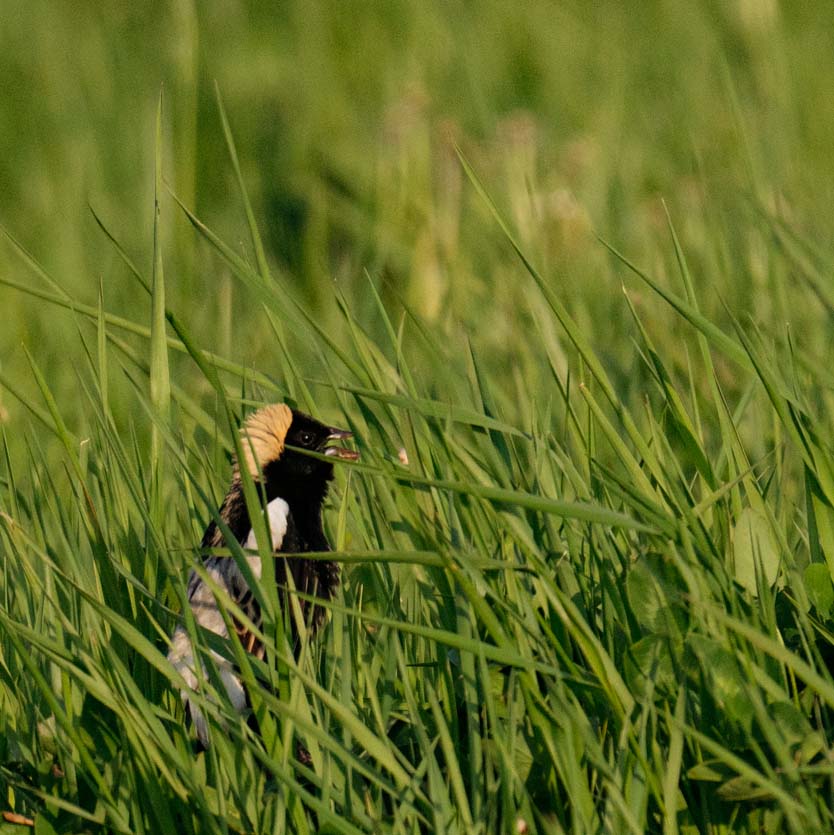
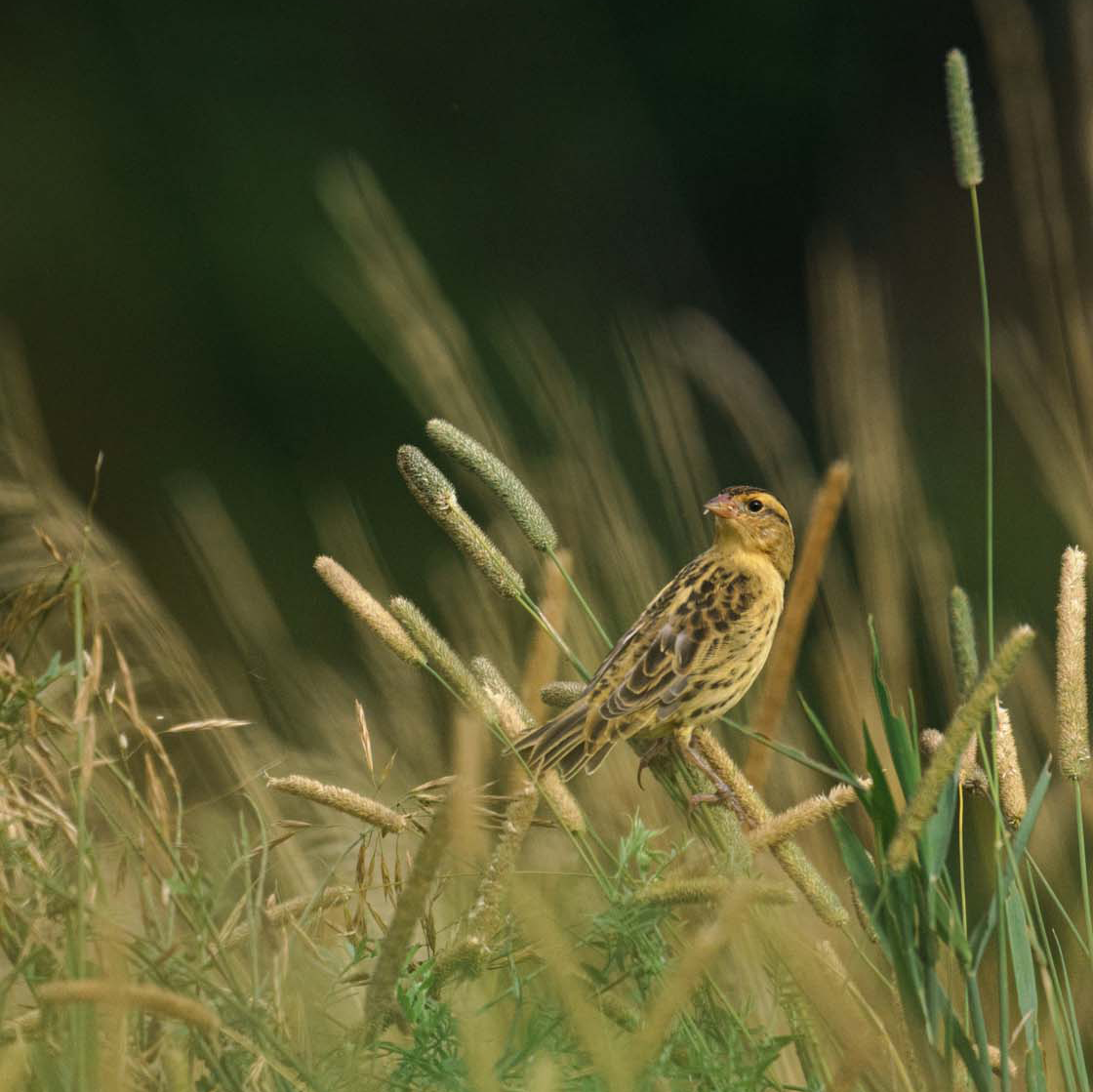
Nicole and the Scirbi team long considered how best to rewild the islands, seeing value and opportunity in keeping large swaths of grasslands. This type of natural environment is often overlooked in favour of trees, though it acts as a huge carbon sink, since grasses store the element underground. Grasslands are also Canada’s most endangered ecosystems, with only 18 percent left, and they continue to be lost to agriculture or development each year.
Nicole reminded me that many people’s ideas about precolonial landscapes are skewed. “When the first humans arrived in North America, there were mammoths, mastodons and giant sloths here that grazed in open areas that looked like savannahs, reminiscent of the Aspen Parkland ecoregion in Alberta and Saskatchewan,” he says. He adds that North America became temporarily more forested after colonization, after European settlers disrupted the controlled burns of Indigenous peoples who favoured a clear, far point of view to hunt.
Rather than going entirely against the efforts of the original settlers who cleared this land of trees and their deep stumps, Scirbi took a softer turn toward grasses. Nicole highlights how this choice means the area could potentially be reconverted to growing food if necessity calls somewhere down the line.
Though Nicole wants this landscape to grow as wild as it cares to, he also wants its human side to proliferate. He hopes people and nature can share these conservation spaces in ways that help keep them going into perpetuity. He wants visitors to find equal beauty in grasslands as they do in mountains, despite our evolutionarily programmed love of high-up outlooks in open spaces, so we can see enemies and predators headed our way.

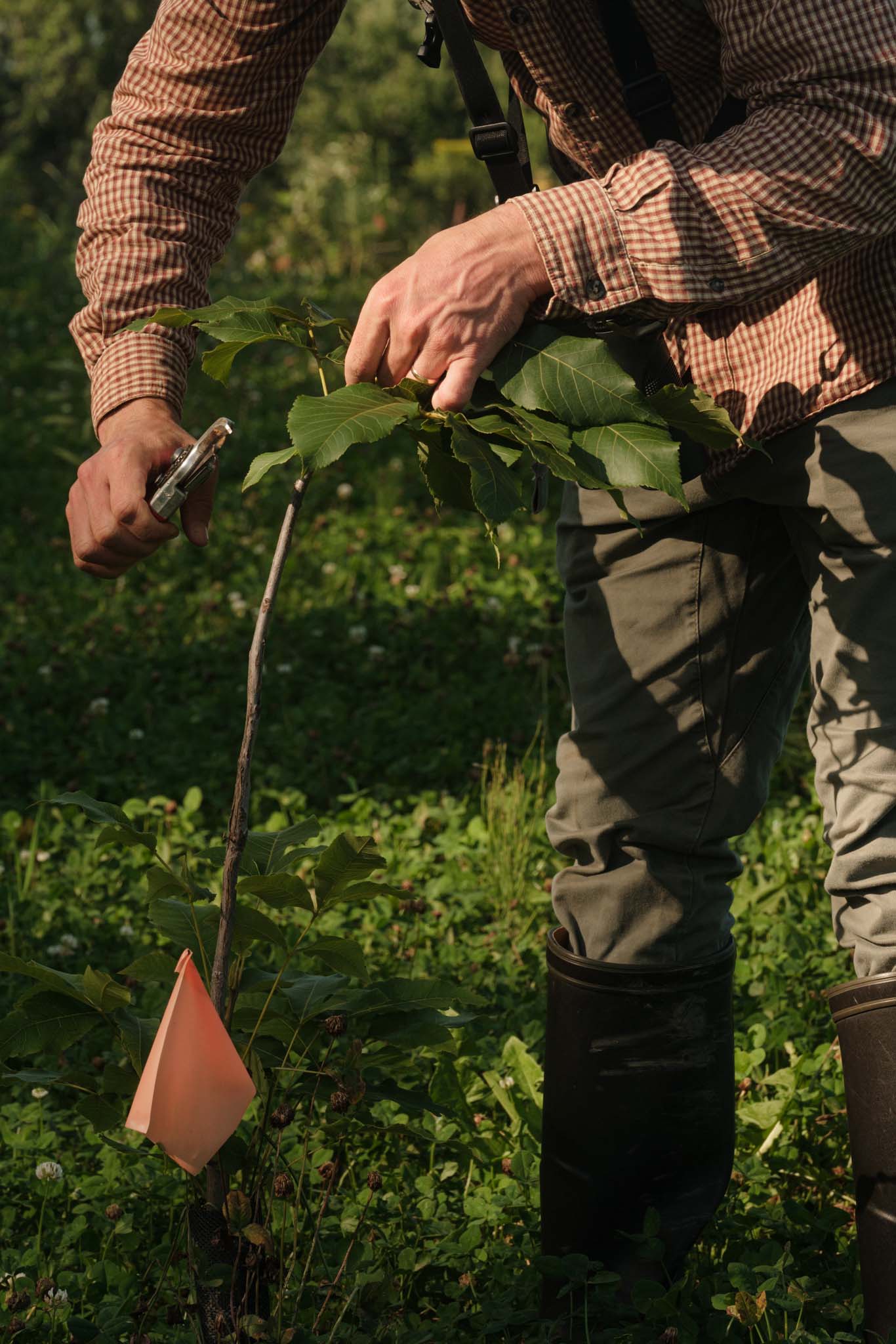

Walking through the tall grass, Hobbs told me he looks forward to seeing how this place develops; he takes photos to record growth and mark time. When I asked why he loves it so much, he said the fact that this land – squeezed between industrial and residential areas – can revert to wildness gives him hope. “I can’t wait to see what it looks like in five years, 10 years, 20 years,” he says. “I think that’s where my hope comes from, that it’s only going to get better.”
Though the park isn’t returning to exactly what it once was, it’s becoming something else – taking a step in the direction of what it can be, with its past and future linked.
Along with wanting more wildlife species to visit the islands, Nicole hopes their ecosystems keep becoming more autonomous. He wants the reintroduced plants to define their space and for people to enjoy it in tandem. He also wants these life-sustaining swaying grasses to help induce a feeling we more often associate with more dramatic landscapes. “We want people to come and birdwatch and feel a sense of awe.”
About the photographer: Alexi Hobbs is based in Montreal, although his work often takes him halfway around the globe. In December 2021, he initiated a long-term documentary photo project about the intersection between the science community, citizens and citizen-scientists as they work together towards achieving conservation goals. Embedding himself in a range of projects, from banding snow buntings in the dead of winter to a wood turtle inventory with the Ministère de la Faune, Hobbs aims to raise the voices of those working in conservation, as well as highlighting how anyone can get involved and bring positive change to both their local natural environment as well as themselves.
Main image: A portion of the agriculture prairies is cut and sold as a source of revenue to keep park access free of charge, August 2022. Photo: Alexi Hobbs.





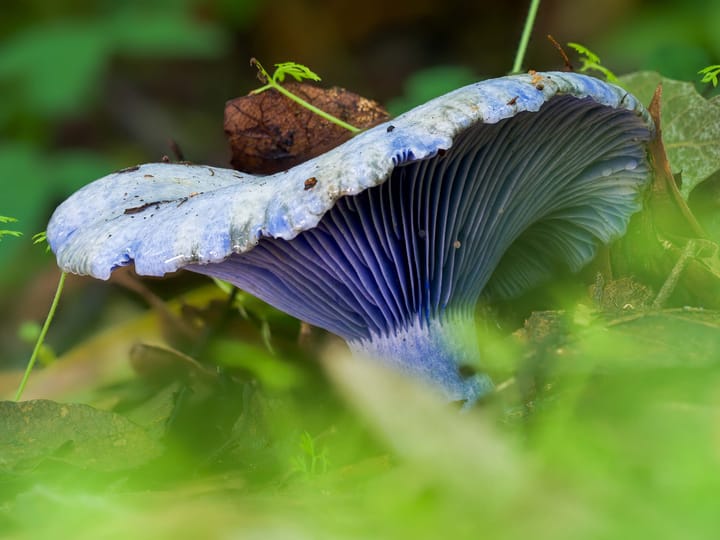
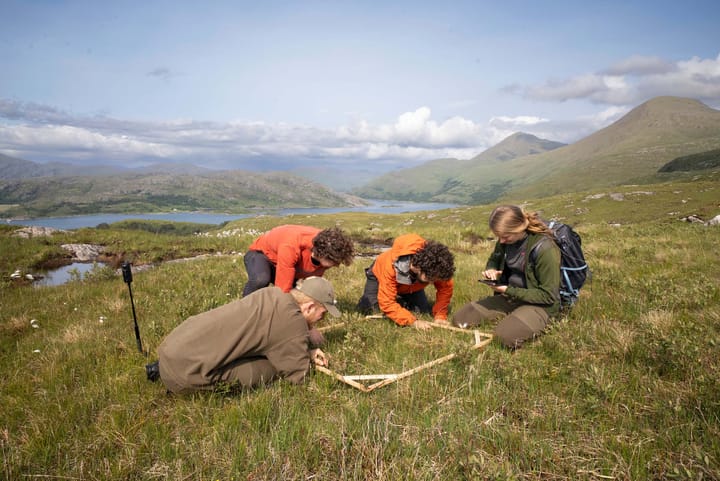


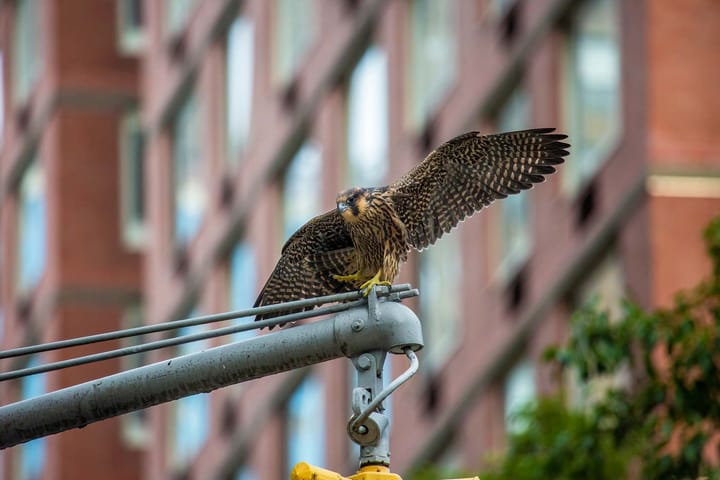

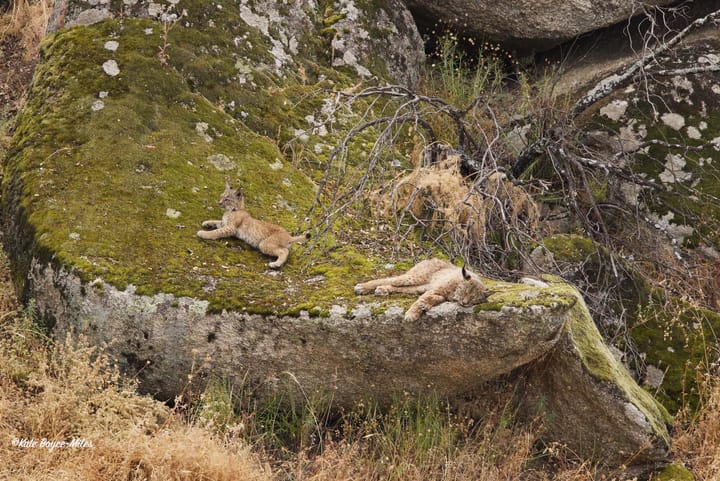
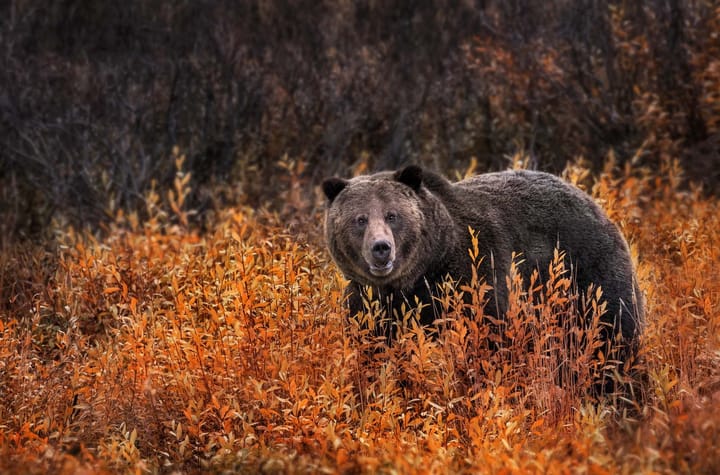
Comments ()